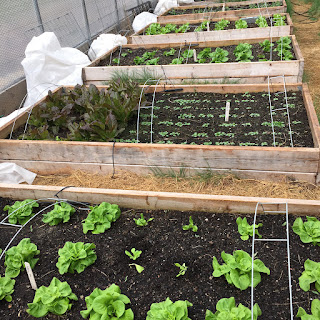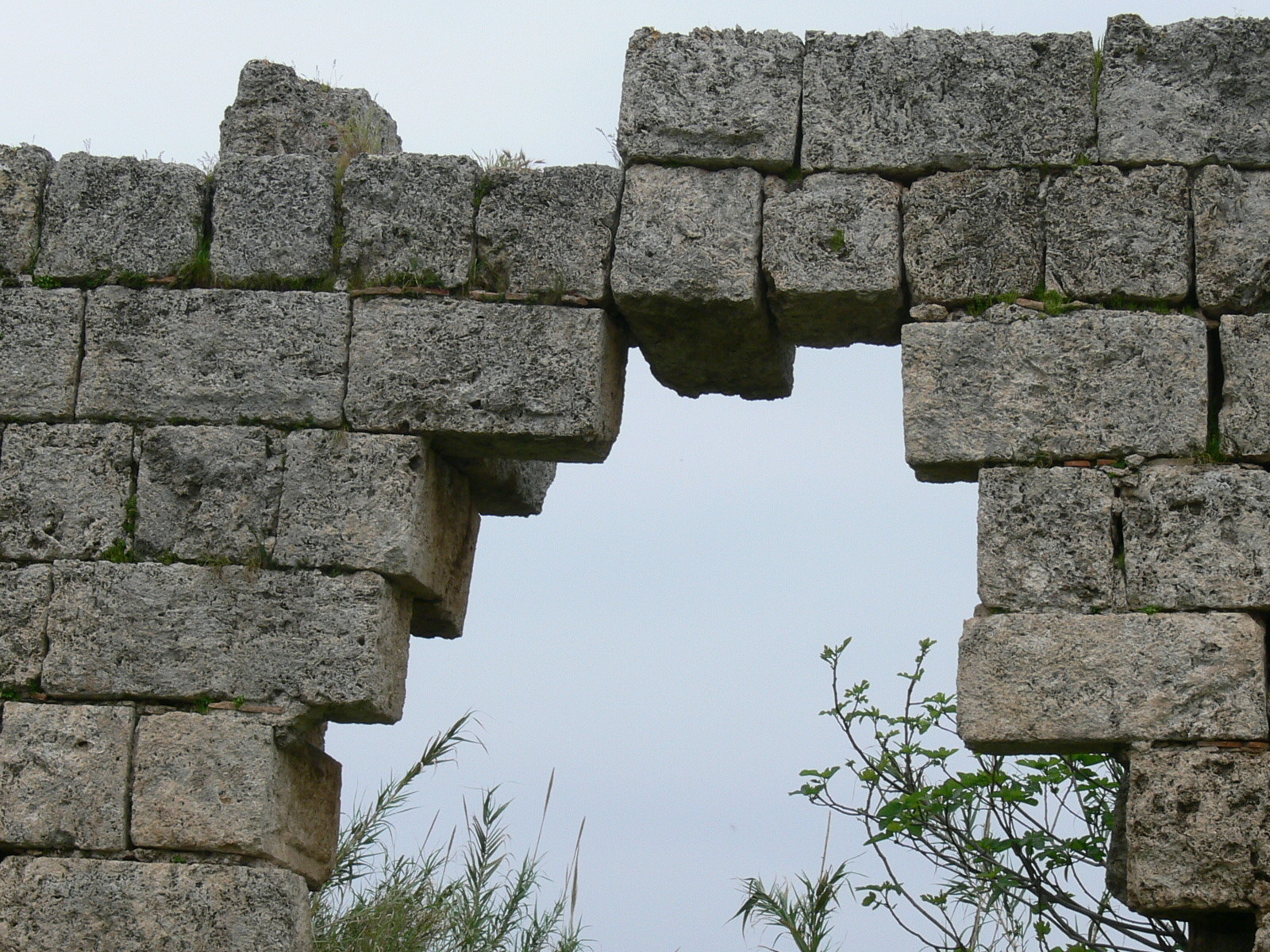Yesterday, I read a
New York Times article about a possible successor to
Bitcoin called Ethereum, which provides a distributed database (no central repository) for the purpose of tracking financial transactions.
I immediately thought of the challenge we have turning silos of medical information into a linked, complete, accurate, secure, lifetime medical record.
Might blockchain technology be useful in healthcare? I posted the question to my colleagues, Arien Malec (VP, Data Platform and Acquisition Tools at RelayHealth and the new Chair of the HIT Standards Committee) and David McCallie (SVP of Medical Informatics at Cerner)
Here is the dialog, reprinted with their permission.
John - Would a distributed database based on the
blockchain idea b a way to aggregate health records?
Arien - Of course. But it dodges the hard part: network and business model.
David - I haven’t seen a compelling use-case for blockchain in healthcare yet, but I haven’t done a lot of digging.
I was impressed with a brief perusal of Ethereum. They have build a blockchain “platform” that is de-coupled from the digital currency model. Reportedly, a lot of companies are using Ethereum for internal projects – any place where you need to “move value around and represent the ownership of property” (as they put it.)
But even with their platform thinking, it still sounds a lot like money:
“This enables developers to create markets, store registries of debts or promises, move funds in accordance with instructions given long in the past (like a will or a futures contract) and many other things that have not been invented yet, all without a middle man or counterparty risk.”
So, go out there an invent those things….
Arien - In theory, one could use the blockchain to store health records and provide proof of provenance, etc.
But like this
blockchain ridesharing company. there’s no compelling use case – that’s why I said the hard parts are network and business model.
To put another way: where are the anonymized drug markets for healthcare that drove Bitcoin?
David- I think a blockchain might work as part of a decentralized “health record bank” (HRB) model where there was no centralization of authority or provenance for each consumer’s record. Every time a provider makes a “deposit” to a patients HRB record, the deposit could be annotated and verified by the blockchain. On presentation of the consumer’s aggregated record to another physician, the blockchain could be used to verify that nothing had been tampered with. It might even be possible to verify that nothing had been excluded? Not sure about that point.
The blockchain wouldn’t contain the record, but could be used to verify that the record and provenance were tamper-free.
Sort of an Uber-PHR. Pun intended.
Arien - Yes, that’s exactly what I was describing. And again, the technology is neat, but why would anyone use it?
For Bitcoin, started as an loose alliance of Cryptonomicon-dreaming anarcho-libertarian-techies-goldbugs who wanted to disrupt the power of states on the economic system, then the real killer app was darknet drug markets. The first was enough to establish the market; the second was enough to make sure it didn’t go away.
It’s the same problem with Ello, which was going to disrupt Facebook, but worse, because there was a natural initial Ello community (analogous to the BitCoin techno-anarcho-goldbugs) and there isn’t for the blockchain HRB.
The lesson: network building has to be primary and technology secondary. That’s why we started CommonWell, and why Argonaut has been successful.
David - Well, I think the folks who believe in Health Record Banks might find this useful. They (HRBs) have a terrible problem around trust — doctors don’t believe the patient-provided record is complete or tamper free. Solving that problem (without blockchain) requires lots of centralized services – which are too expensive for anyone to want to pay for. Ergo, no real world HRBs.
But what if any HRB provider simply aggregated blockchain-signed “deposits” of the record from the patient’s physicians? Then any provider could consume the record with trust that it was (complete?) and tamper-free. (Each HRB provider would deliver the record via a SMART app, etc.)
(I’m unclear on the “complete” part — there might be some requirement that actual payment for services creates the blockchain record?)
Something like this might be a valuable enough use-case to explore?
Arien - OK, let’s assume the existence of a working and good blockchain implementation of an blockchain Health Record Bank (bcHRB) and a SMART app that serves as the bcHRB adaptor.
Argonaut, SMART, etc. gives us the ability to install the adaptor on every EHR in the country without needing to coordinate (yay! Argonaut).
OK, now what? We need the thing that starts up the network, because bcHRB is definitely a network-effects service. Doesn’t blockchain require us to distribute processing, like BitTorrent? But who pays for the compute time? (In BitCoin, the miners pay for the processing, with value based on mined bitcoin).
OK, maybe (hand waving) the SMART apps also supply the compute, which means they cost something, which means I need to pay for them? Maybe each bcHRB SMART app is hosted on Amazon VMs that supply the compute nodes? Also, I need to coordinate a bunch of people using the bcHRB in a community so that anyone gets value, and I need to make sure there’s enough value each time a provider hits the SMART app.
Back to network building again.
David- I’m getting over my head now, but I think in BitCoin, it’s only the gold miners who have to do lots of computing. For individuals who simply want to trade coins, there is no serious processing. (There is some network overhead to download the chain, but the processing is modest.) For example, I was able to buy a bitcoin, download a wallet to store it, and then purchase things. It didn’t cost me anything other than the purchasing the initial coin. No serious mining, if all you want to do is use the network.
And any group who creates a blockchain from scratch can elect to pre-seed the network with as much “gold” as they want. The Ethereum people gave out 20M coins to the folks who volunteered to develop the code.
So I think “mining” is irrelevant to the HRB model since the chain is not carrying around an inflatable currency – it’s simply carrying around a complete record of all “deposits” of data to the bcHRB. Each deposit is eventually verifiable to anyone who wants to sample the chain. Maybe the way to think about it is that anyone who has created a snippet of medical data can “deposit” it into the bcHRB network for “trading” securely with anyone else.
I would envision that the chain verification costs (which I think are very modest) would be borne by the folks who use the data – for example, the providers who access the record, or researchers who get your permission to use your data.
But I don’t know enough to be very sure of any of this!
And it might be possible to build something functionally equivalent without any blockchain at all. But as soon as you start talking about certificate authorities and PKI infrastructure and such, you get into centralization and coordination overhead. Which is what BitCoin supposedly avoids.
Arien - To summarize:
Working blockchain systems require a set of compute nodes.
Those nodes verify the transactions, and (partially) hold the complete history of blocks.
In BitCoin the nodes are providers by BitCoin miners, who essentially get paid for running compute (mining == blockchain transaction verification)
In bcHRB, the compute nodes must be supplied by somewhere
BitCoin solves the “who runs compute nodes” problem by creating an economic incentive to do so; the same problem must be solved by bcHRB by ??
I think David and I are saying the same thing: the compute costs are borne by the SMART app users, which is where I got to as well, which is how I got back into economics and network building.
John - I'll reassure the industry that we do not have attention deficit disorder and that we're still laser-focused on FHIR, enabling infrastructure, and governance. Blockchain might solve one of the trust /data integrity problems we've that folks like Gary Dickinson have raised at HIT Standards Committee meetings. Definitely worth further thought.















